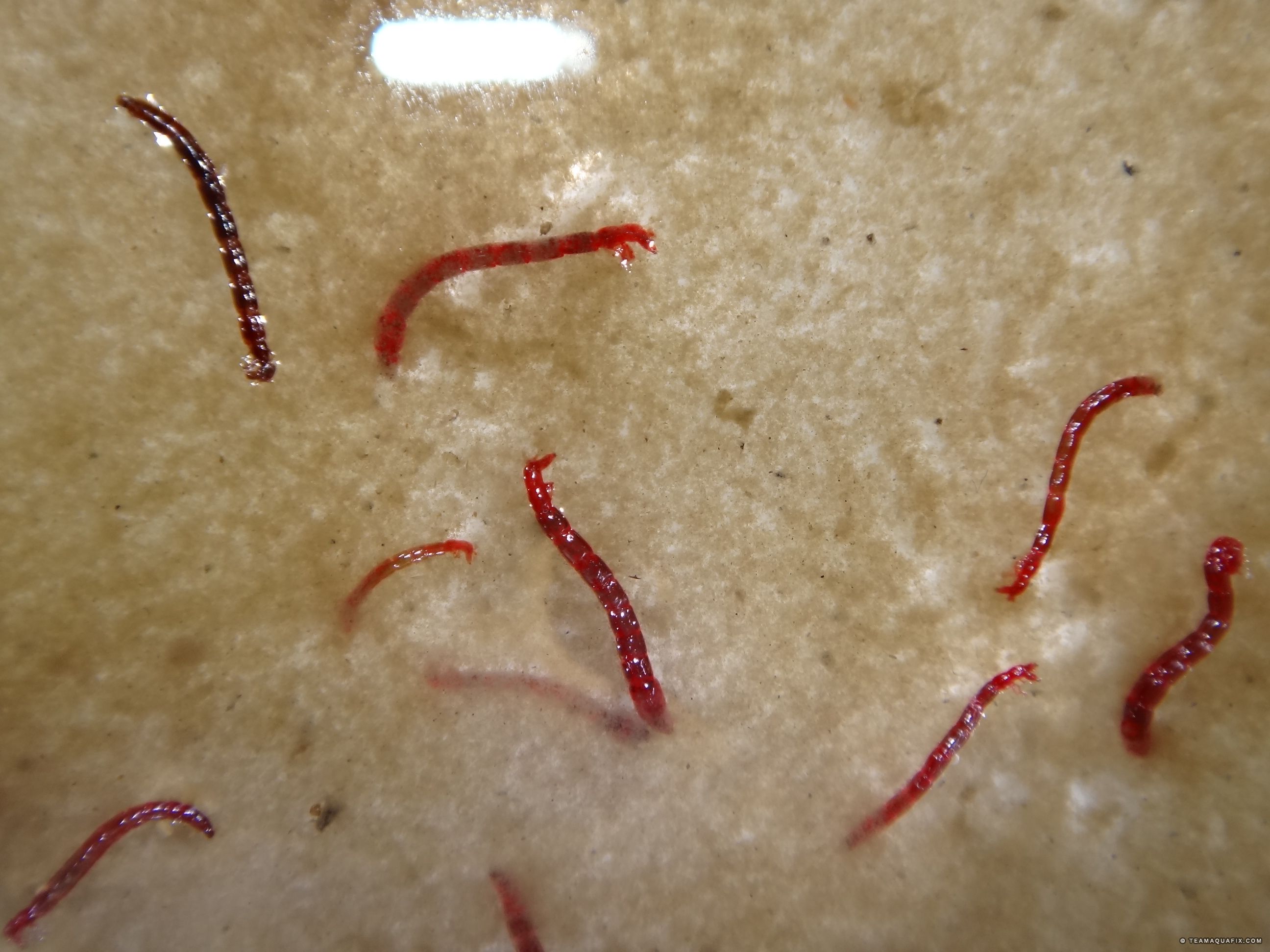Red Wigglers: Your Eco-Friendly Remedy for a Greener Garden
Red wigglers, or Eisenia fetida, offer a lasting technique to enhancing garden health and wellness via vermicomposting. By incorporating red wigglers right into your gardening practices, you can efficiently handle waste while supporting a vivid ecosystem.
What Are Red Wigglers?
Although typically mistaken for normal earthworms, red wigglers (Eisenia fetida) are an unique species understood for their efficiency in composting natural matter. These worms thrive in abundant, organic atmospheres, such as compost heap and vermicomposting systems, where they play a vital role in damaging down waste. Unlike their more usual counterparts, red wigglers prefer a warmer environment, generally in between 55 ° F and 77 ° F, which maximizes their task and productivity.
Red wigglers are identified by their reddish-brown coloration and fractional bodies, which can mature to four inches in size. They possess an one-of-a-kind ability to eat and digest organic products at an outstanding price, refining as much as half their body weight daily. This quick decomposition procedure not just enhances the dirt but likewise adds to the overall wellness of the yard community.
In regards to recreation, red wigglers are prolific, capable of generating cocoons which contain several eggs. This enables quick population development, making them an ideal choice for composting ventures. Their flexibility and voracious appetite for organic waste setting red wigglers as a crucial ally for environmentally mindful garden enthusiasts looking for lasting practices.
Benefits of Utilizing Red Wigglers
Using red wigglers in the yard supplies numerous advantages that enhance both soil high quality and plant health and wellness. These earthworms are phenomenal decomposers, breaking down organic matter such as kitchen scraps and lawn waste into nutrient-rich castings. These castings, commonly described as "worm gold," supply crucial nutrients that boost dirt fertility, advertising vivid plant development.
Red wigglers additionally boost soil framework. Their burrowing task freshens the dirt, assisting in much better water infiltration and root penetration. This results in a healthier origin system, which is critical for nutrient uptake and total plant vigor. The visibility of red wigglers boosts microbial activity in the dirt, developing a prospering community that contributes to disease resistance and boosted plant wellness.
An additional considerable benefit of making use of red wigglers is their capability to reduce waste. By composting natural materials via vermicomposting, gardeners can draw away waste from garbage dumps while simultaneously improving their soil. This environmentally friendly approach not just supports lasting techniques however additionally promotes a much healthier atmosphere. In recap, integrating red wigglers right into gardening methods returns considerable benefits, making them an important enhancement to any eco-conscious yard.
Exactly How to Begin Vermicomposting
To begin vermicomposting, it's important to create a suitable setting for red wigglers to grow, as their success straight affects the efficiency of the composting process. Beginning by selecting a container, such as a plastic or wood container, with sufficient drainage and ventilation. A dimension of around 2 square feet is optimal for a home, enabling a convenient worm populace.
Next, prepare bed linens product that is moist yet not extremely damp. Shredded newspaper, cardboard, and coconut coir are excellent selections, offering a comfortable environment while also offering as a carbon resource. Fill the container with 4 to 6 inches of bedding.
After developing the bed linen, introduce your red wigglers. A normal starting populace has to do with 1 pound of worms, which can eat roughly half an extra pound of food scraps daily. It is essential to include food scraps gradually, concentrating on vegetable peelings, fruit waste, and coffee premises, while avoiding meat, milk, and oily foods to avoid smells.
Maintaining a Healthy And Balanced Worm Container
Once your red wigglers are worked out right into their brand-new bed linens, maintaining a healthy worm container comes to be paramount to ensure ideal composting conditions. Preferably, the worm bin ought to be kept damp however not soaked; a moisture degree around 60-70% is optimum.
Temperature control is equally essential. Red wigglers thrive in settings in between 55 ° F and 77 ° F(13 ° C to 25 ° C) Prevent subjecting the bin to severe temperature levels; extreme warm can kill the worms, while excessive cold can reduce their task.
Oygenation is critical to avoid anaerobic problems, which can result in undesirable smells and hurt the worms. Transform the bedding delicately every few weeks to advertise air movement and disperse food uniformly.
Feeding your red wigglers is another critical facet. Deal a balanced diet plan of cooking area scraps, preventing citrus and spicy foods, which can be damaging to their health. By routinely monitoring these variables, you can make sure a flourishing ecosystem within your worm container.

Tips for Utilizing Worm Spreadings
Routinely including worm castings right into your yard can substantially enhance soil wellness and plant growth. To successfully utilize worm castings, start by determining the suitable application price, which generally varies from 10-20% of the complete soil volume. This makes certain optimal nutrient accessibility without frustrating your plants.
When applying worm castings, mix them into the top few inches of soil around well established plants or include them right into your seed-starting mix for brand-new seed startings. In addition, consider creating More hints a worm tea by steeping worm castings in water for 24-48 hours.

Verdict
The usage of red wigglers in horticulture practices provides a lasting method to throw away management and soil enrichment. The assimilation of red wigglers into gardening regimens ultimately supports both environmental equilibrium and farming productivity. red worms.
Comments on “Red worms: How they improve soil”